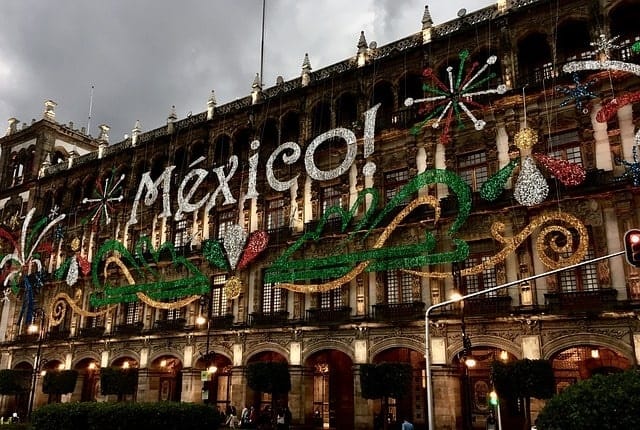XRP movements across different markets have been a sight to behold with various players involved in daily transactions. Sticking to its belief in cross-border transactions, XRP has made several strides in regions where normal fiat movement has been difficult.
Bitso, one of the most popular Latin American exchanges has been a platform where XRP has shone and on January 6, the liquidity index touched a new all-time high for the new year. On this particular day, the daily progress was at 92 percent with the liquidity index settling at $9.417 million. This was just $800,000 shy of the ATH at $10.189 million. After having a fairly dim final month of 2019, the Bitso XRP/MXN ATH was created on December 30.
The noticeable hike in the liquidity index caught the eye of the community quickly because while the current ATH was formed near the $10 million mark, just a month back it was near the $6 million mark. Bitso has also pushed the trading pair on its customers in a bid to grown and expand the RippleNet US-MXN corridor. The trading pair movement is not the only feature that Bitso has planned to execute in Mexico, as the organization even launched its On-Demand Liquidity in the same region.
The above-mentioned additions came at a time when XRP was just beginning to get out of the bear rut. At the time of writing, XRP was trading for $0.21086 with a total market cap of $9.137 billion. The cryptocurrency’s value had risen right after that of Bitcoin, at a rate of 7.94 percent in 24-hour. This sudden surge even lifted XRP’s low lying 24-hour market volume, now at $1.61 billion. Brad Garlinghouse, the CEO of Ripple himself stated that they can’t control the price of XRP any more than a random Bitcoin whale. In his words:
“Yes, Ripple owns a lot of XRP, we’re very interested in the success of XRP, but the accusations of us dumping, that’s not in our best interests to do that […]. We would never do that and in fact, we’ve taken steps to lock up most of the XRP we own in escrows so we can’t touch it.”

